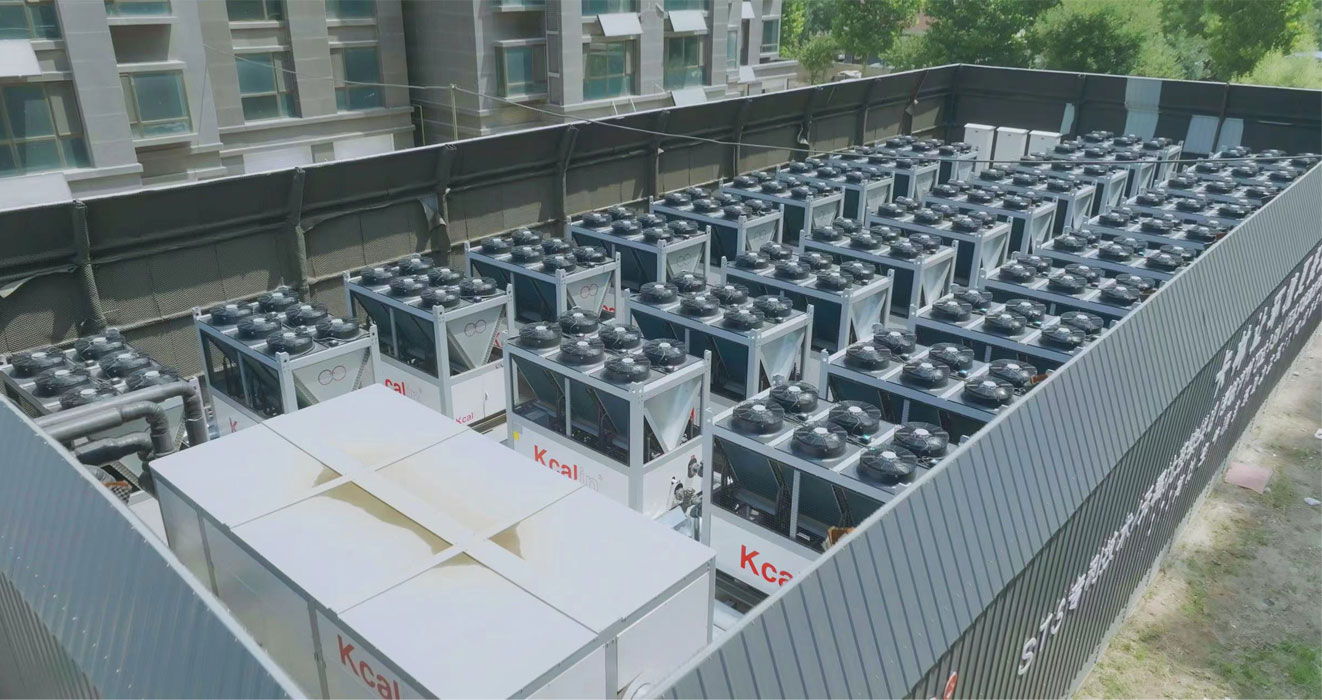With the arrival of winter, heating issues have once again become the focus of people's attention. Although traditional centralized heating methods can meet the needs of large-scale heating, their high energy consumption and poor flexibility have gradually been exposed. In this context, a new type of heating method - distributed centralized heating has emerged, and its advantages have gradually been favored by people.
Distributed centralized heating, as the name suggests, refers to dividing the heating system into several relatively independent modules, each with its own heat source and heating range, and achieving unified management and scheduling through an intelligent control system. This method not only retains the efficiency of centralized heating, but also increases the flexibility and adjustability of the heating system, achieving a harmonious dance of warmth and energy conservation.
Efficient and energy-saving, reducing energy consumption
Distributed centralized heating adopts excellent heating technology and equipment, and achieves on-demand energy distribution and efficient utilization by precisely controlling the heating temperature and flow rate of each module. Compared with traditional centralized heating, distributed centralized heating can reduce energy waste and energy consumption. Meanwhile, as each module is relatively independent, it can be flexibly adjusted according to actual situations, avoiding excessive use and waste of energy.

In addition, distributed centralized heating also focuses on energy recovery and utilization. By adopting heat recovery technology, the waste heat generated during the heating process is recycled and reused, further improving energy utilization efficiency. This recycling method not only reduces energy consumption, but also reduces environmental pollution.
Flexible and adaptable
The flexibility of distributed centralized heating is one of its major advantages. The traditional centralized heating method often adopts a unified heating temperature and flow rate, which is difficult to meet the personalized needs of different regions and users. Distributed centralized heating can be adjusted according to the specific situation of each module to achieve refined heating. Whether it is a commercial, residential or industrial area, it can be flexibly configured according to actual needs to ensure heating efficiency.
In addition, distributed centralized heating also has strong adaptability. It can intelligently adjust according to factors such as weather changes and user behavior, ensuring stable and comfortable indoor temperature. Even under adverse weather conditions, the heating system can maintain normal operation and provide users with continuous and stable heating services.
Intelligent management, convenient and efficient
Distributed centralized heating adopts an intelligent control system to achieve monitoring and management of the heating system. Through the Internet of Things technology, real-time information such as the operating status and temperature data of each module can be obtained, and remote control and adjustment can be carried out. This intelligent management method not only improves the operational efficiency of the heating system, but also reduces the cost of manual maintenance.
Meanwhile, the intelligent control system can also autonomously learn and optimize according to the needs and habits of users, providing more personalized heating services. Users can remotely operate and control indoor temperature, humidity, and other parameters through a mobile app or computer, achieving real-time adjustment and monitoring. This convenient and efficient operating method brings users a more comfortable and intelligent heating experience.
Distributed centralized heating fully considers safety factors in the design and operation process. Each module is equipped with comprehensive safety protection devices and alarm systems, which can promptly detect and handle various safety hazards. At the same time, the intelligent control system also has fault diagnosis and early warning functions, which can detect and solve potential problems in advance, ensuring the safe and reliable operation of the heating system.
In addition, distributed centralized heating also emphasizes the protection of user rights. By signing heating contracts or agreements with users, the rights and obligations of both parties are clarified, ensuring that users enjoy high-quality and reliable heating services. At the same time, relevant departments also strengthen the supervision and evaluation of distributed centralized heating, ensuring that it meets relevant standards and requirements, and protecting the legitimate rights and interests of users.
In summary, distributed centralized heating has become a new type of heating method with broad application prospects due to its advantages of high efficiency, energy conservation, flexibility and adjustability, intelligent management, environmental protection and emission reduction, and safety and reliability. With the continuous progress of technology and the continuous promotion of applications, it is believed that distributed centralized heating will occupy a more important position in the future heating market, bringing more comfortable, environmentally friendly, and sustainable warm experiences to people's lives.







Comment